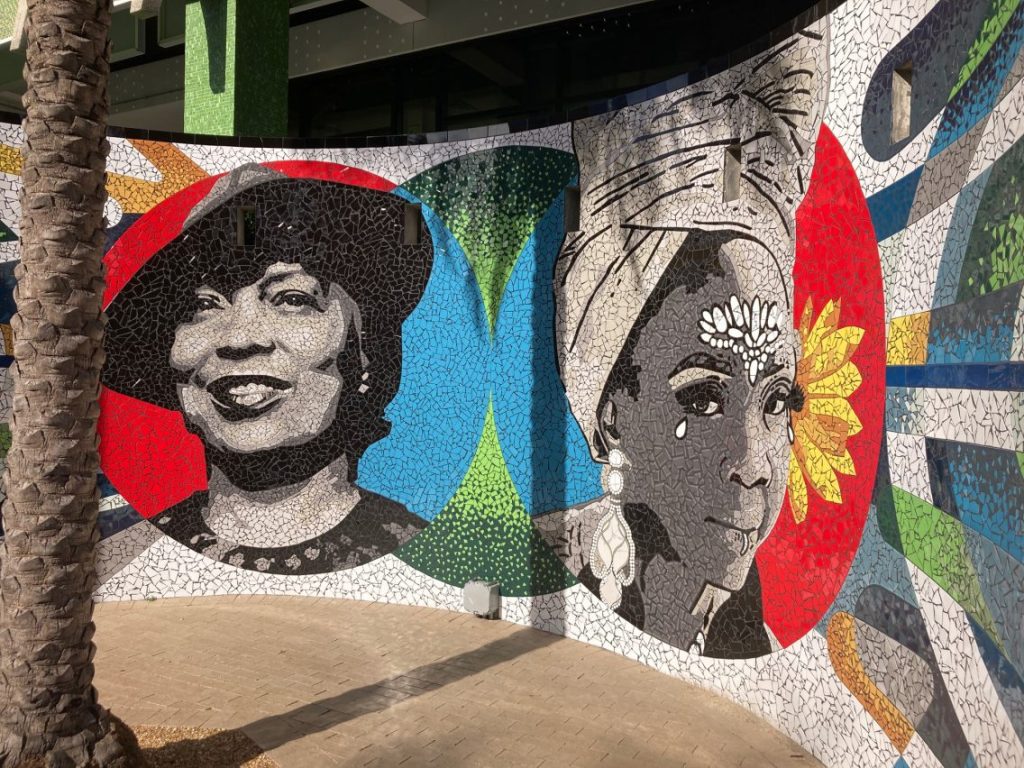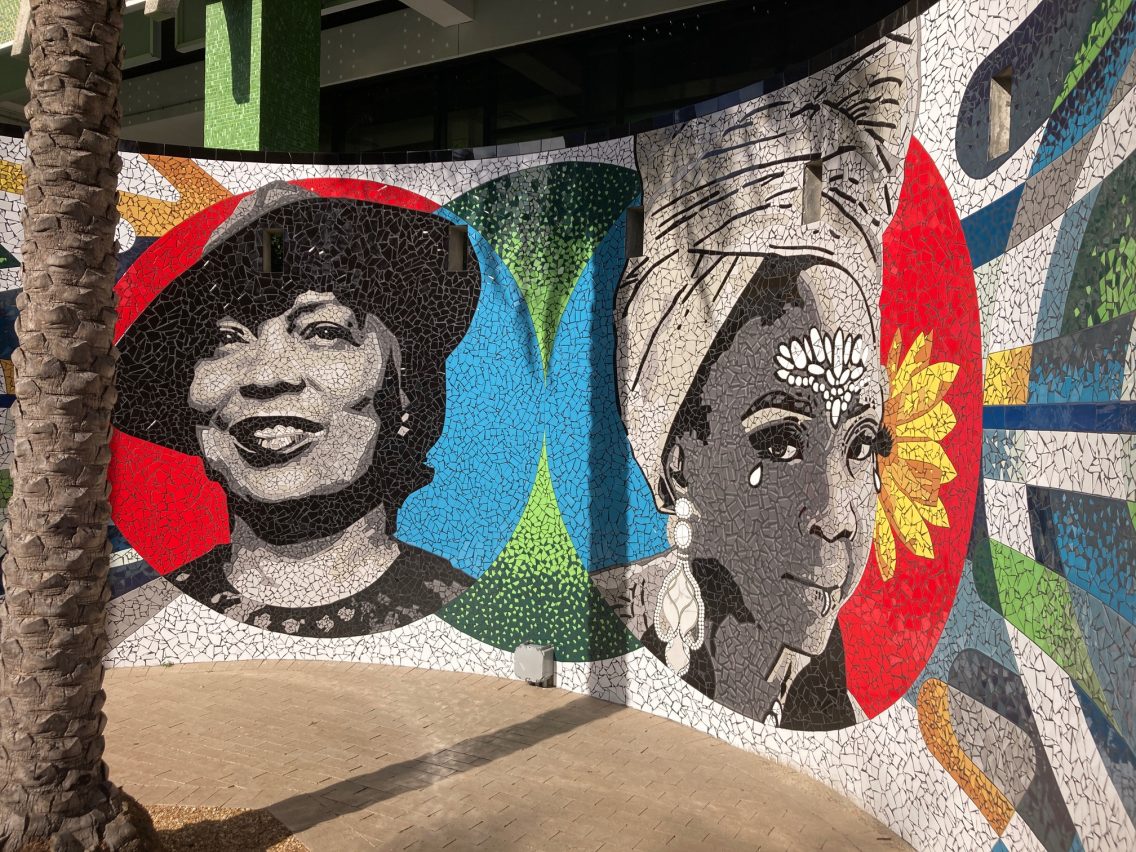
Tony Bechara, Influential Puerto Rican Painter and New York City Arts Advocate, Dies at 83

Tony Bechara: A Pioneer of Vibrant Abstraction and Arts Advocacy
Tony Bechara, the acclaimed Puerto Rican-American painter, printmaker, and fervent supporter of underrepresented artists, passed away on April 23, 2025, coinciding poignantly with his 83rd birthday. His passing marked the end of a remarkable era of cultural stewardship and creative innovation in New York City’s art scene. A dynamic force in both the visual arts and arts advocacy communities, Bechara’s legacy is defined not only by the bold geometric compositions he meticulously crafted over a five-decade career but also by his profound impact on institutions that uplift Latine and marginalized artists.
From Law to Art: A Transatlantic Journey
Bechara was born in 1942 in San Juan, Puerto Rico. Initially charting a course in law, he earned his undergraduate degree from Georgetown University in Washington, DC. However, it was a formative sojourn in Paris that reoriented his life. While studying at the Sorbonne, Bechara immersed himself in the vibrant post-war cultural ferment of the city, discovering his true calling in the visual arts.
Upon returning to the United States, Bechara enrolled in the School of Visual Arts in New York City. It was here that his mature artistic practice began to take shape, defined by a fusion of spontaneous gesture and calculated order. Bechara developed a signature style that married automatic painting with rigorous grid systems, a visual language that explored the infinite variability of color and form.
The Art of “Controlled Chaos”
Bechara’s abstract compositions are characterized by their interplay of precision and dynamism. Using grid structures as a foundation, he layered vibrant hues in configurations that both dazzled the eye and challenged the constraints of geometry. His 2015 piece “19 Reds,” housed at the Parrish Art Museum, exemplifies this approach — a pulsating arrangement of crimson shades seemingly vibrating off the canvas in structured disorder.
“Each painting begins with a meticulous plan,” Bechara once explained. “But within that plan, there’s room for spontaneity, for chance — a kind of planned improvisation.”
A Catalyst for Latine Arts and Culture
Beyond his studio, Tony Bechara played a pivotal role in enriching New York’s cultural institutions. He was a long-serving board member at Studio in a School and the Brooklyn Academy of Music. However, his most enduring institutional relationship was with El Museo del Barrio, the East Harlem museum dedicated to Latinx and Latin American art. Bechara served as chairman of the board for 15 years, was named chairman emeritus in 2016, and in 2018, made a landmark $1 million endowment gift to support curatorial and educational initiatives.
For Bechara, arts patronage was not a detached or secondary pursuit — it was an extension of his creative vision. “They are an extension of my commitment to art,” he said in a 2015 interview, “like unfinished murals in which I work during the night.”
Championing the Underrepresented
Bechara was a vocal and active proponent of historically underrepresented artists, particularly women and Latine creators. He forged enduring friendships with Cuban-American artist Carmen Herrera and abstract expressionist Leon Polk Smith, both of whom, like Bechara, labored for recognition in an art world often dominated by mainstream narratives.
Patrick Charpenel, Executive Director of El Museo del Barrio, described Bechara as “a catalytic presence in New York’s art world,” noting that “his deep commitment to championing overlooked artists helped expand and diversify the canon of art history.”
Exhibitions and Collections
Over the years, Bechara exhibited widely in both solo and group shows. His works were showcased in influential spaces including the Brooklyn Museum (“Ten Puerto Rican Artists,” 1970), the 1975 Whitney Biennial, and MoMA PS1’s “The Shaped Field: Eccentric Formats” in 1981. His contribution to contemporary abstraction and multicultural visibility in the arts was recognized by major museums, with his artworks entering the permanent collections of the Metropolitan Museum of Art, El Museo del Barrio, the Museum of Art of Puerto Rico, and the Parrish Art Museum.
Legacy in Color and Culture
Tony Bechara’s passing marks the loss of not just a consummate artist, but a transformative figure in the American cultural landscape. As a visual artist, he expanded the vocabulary of abstraction; as a cultural advocate, he opened doors for generations of Latinx artists and reshaped New York’s arts institutions with an emphasis on diversity and inclusion.
In the words of Parrish Art Museum Executive Director Mónica Ramírez-Montagut, “His legacy lives on in the vibrant and pulsating geometry of his paintings, and in his unwavering commitment to uplifting artists and the creative community.”
Indeed, Tony Bechara’s life was itself a composition — one where art, advocacy, color